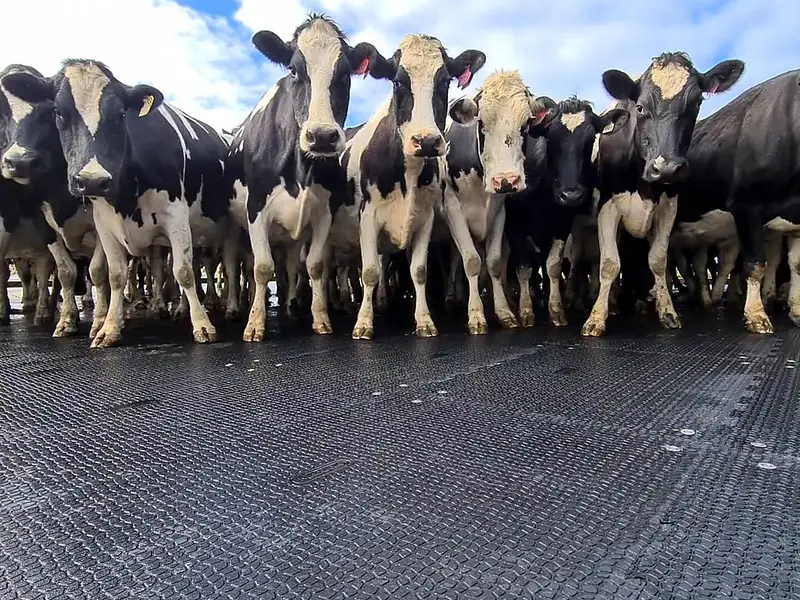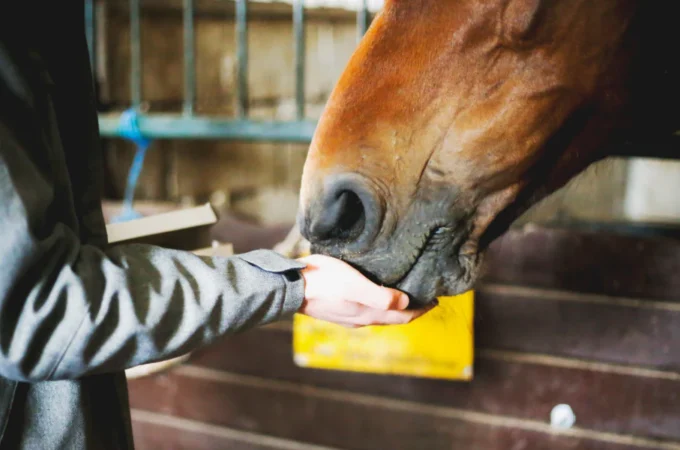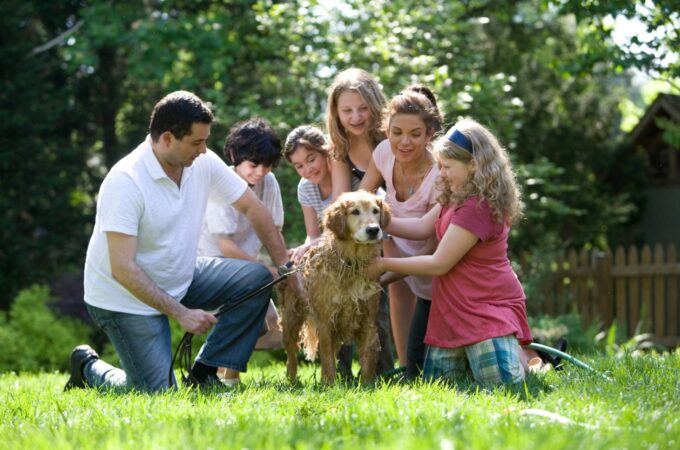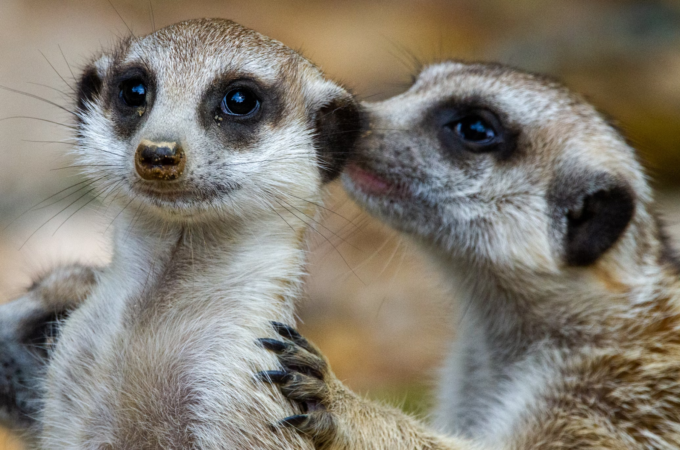
Understanding the Benefits and Types of Outdoor Agriculture Matting
Outdoor agriculture matting is an essential component of any agricultural operation. It is a type of matting that is designed to provide a safe, stable, and comfortable surface for livestock and workers to stand, walk, and work on. The primary purpose of outdoor agriculture matting is to reduce the risk of injuries to livestock and workers, prevent soil erosion, and improve productivity.
There are several types of outdoor agriculture matting available in the market, each designed to meet specific agricultural needs. In this article, we will discuss the benefits of using outdoor matting and the different types available.
Benefits of Outdoor Agriculture Matting
Improved Comfort and Safety: One of the most significant benefits of using outdoor agriculture matting is the improved comfort and safety it provides to livestock and workers. It provides a stable, non-slip surface that reduces the risk of slips, falls, and other injuries. Additionally, it also helps to reduce stress and fatigue in livestock, which can improve their overall health and productivity.
Enhanced Soil Conservation: Outdoor agriculture matting is also useful in preventing soil erosion caused by livestock trampling and walking. The matting provides a protective layer between the soil and livestock, preventing the soil from becoming compacted and reducing the amount of soil erosion.
Increased Productivity: The use of outdoor agriculture matting can also lead to increased productivity. By providing a stable and comfortable surface for livestock to stand and walk on, they are more likely to spend time grazing, leading to increased milk and meat production. Additionally, the use of matting also reduces the time and effort required for cleaning and maintenance, allowing for more efficient operations.

Types of Outdoor Agriculture Matting
Rubber Matting: Rubber matting is a popular choice for outdoor agriculture operations due to its durability, non-slip surface, and comfort. It is designed to provide a cushioned and non-slip surface for livestock and workers and can withstand heavy traffic and wear and tear. Rubber matting is also easy to clean and maintain, making it an ideal choice for outdoor agricultural operations.
Interlocking Matting: Interlocking matting is another type of outdoor agriculture matting that provides a stable and comfortable surface for livestock and workers. It is designed to be easy to install and remove, making it ideal for temporary applications or areas with changing terrain. Interlocking matting is also easy to clean and maintain, making it an excellent choice for outdoor agricultural operations.
Woven Matting: Woven matting is another type of outdoor agriculture matting that provides a stable and comfortable surface for livestock and workers. It is made from woven synthetic fibers that are designed to provide a non-slip surface while also allowing water to drain through. Woven matting is ideal for use in areas with high moisture content and can also be used to control soil erosion.
Concrete Matting: Concrete matting is a durable and long-lasting option for outdoor agriculture matting. It is designed to provide a stable and level surface for livestock and workers and can withstand heavy traffic and wear and tear. Concrete matting is also easy to clean and maintain, making it an ideal choice for outdoor agricultural operations.
Conclusion
In conclusion, outdoor agriculture matting is an essential component of any agricultural operation. It provides a safe, stable, and comfortable surface for livestock and workers, improves soil conservation, and increases productivity. There are several types of outdoor agriculture matting available in the market, each designed to meet specific agricultural needs. When choosing outdoor agriculture matting, it is essential to consider factors such as durability, non-slip surface, and ease of maintenance to ensure the matting provides long-lasting benefits to your operation.




